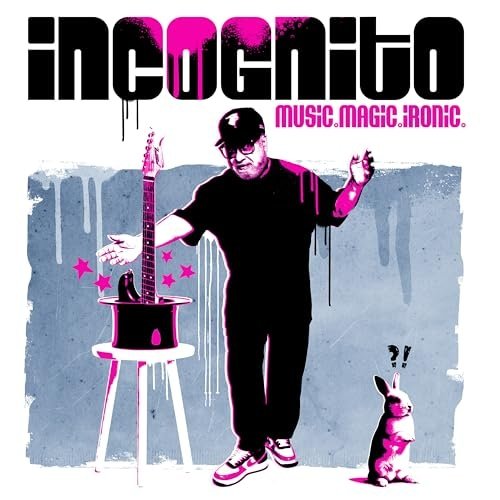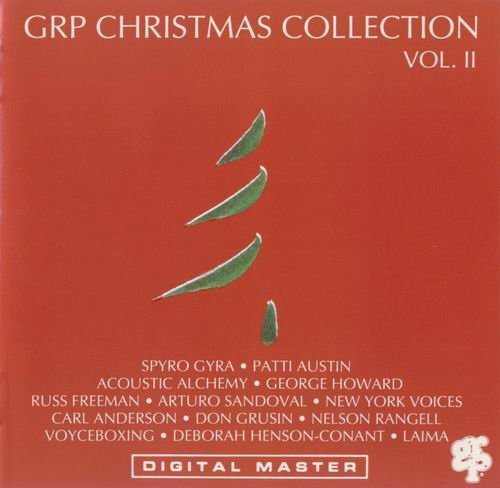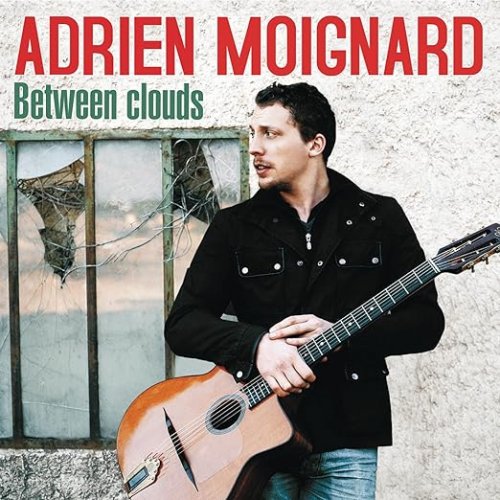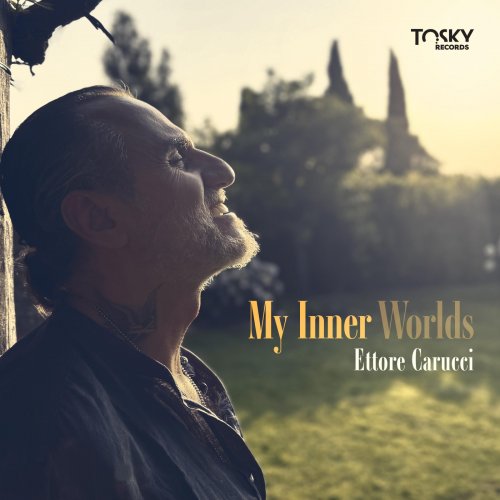Rapetti Marco & Lucio Labella Danzi - Dohnányi: Complete Music for Cello & Piano (2021)
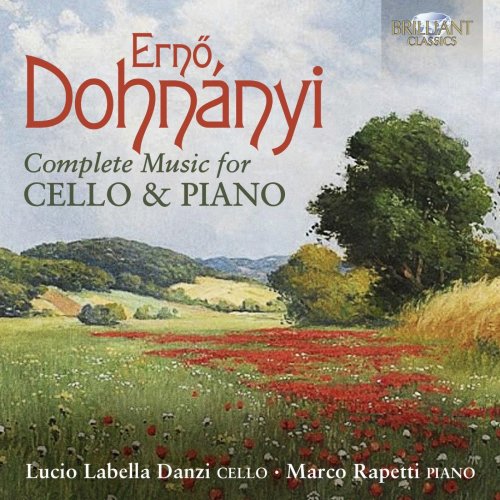
Artist: Rapetti Marco, Lucio Labella Danzi
Title: Dohnányi: Complete Music for Cello & Piano
Year Of Release: 2021
Label: Brilliant Classics
Genre: Classical
Quality: flac lossless (tracks)
Total Time: 00:58:26
Total Size: 241 mb
WebSite: Album Preview
TracklistTitle: Dohnányi: Complete Music for Cello & Piano
Year Of Release: 2021
Label: Brilliant Classics
Genre: Classical
Quality: flac lossless (tracks)
Total Time: 00:58:26
Total Size: 241 mb
WebSite: Album Preview
01. Sonata in B-Flat Major, Op. 8: I. Allegro, ma non troppo
02. Sonata in B-Flat Major, Op. 8: II. Scherzo e trio, vivace assai
03. Sonata in B-Flat Major, Op. 8: III. Adagio non troppo
04. Sonata in B-Flat Major, Op. 8: IV. Tema con variazioni
05. Konzerstück in D Major, Op. 12: I. Allegro non troppo-Adagio-Tempo I
06. Ruralia Hungarica, Op. 32d: I. Andante rubato, alla zingaresca
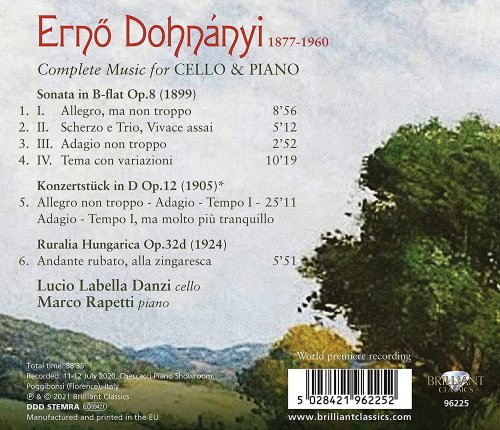
“I could not have written it better myself!”, remarked an astonished Brahms on hearing the 18-year-old Ernő Dohnányi’s Opus One (the First Piano Quintet) in the summer of 1895. Often hypercritical and disparaging of other composers, Brahms was so impressed by Dohnányi that he promoted his music in Vienna. Just two years later the elder composer passed away, but he might have remarked similarly about Dohnaìny’s Cello Sonata in B flat of 1899. This magnificent composition sounds undeniably like an affectionate homage to him.
In 1902, Dohnányi performed the Cello Sonata in Frankfurt with Hugo Becker, one of the most famous cellists and pedagogues of his time, and a few years later Becker would be the dedicatee of Dohnányi’s Konzertstück in D Op.12 for cello and orchestra, which the composer also arranged for cello and piano.
Dohnányi and his friend Béla Bartók, three years his junior, always admired each other, though they could not have differed more in terms of style and character, their diametrically opposed approaches particularly apparent in their use of Hungarian folksongs. By contrast to Bartók’s innovative ethnomusicological perspective, Dohnányi continued presenting gypsy melodies in the Romantic fashion of Liszt and Brahms, as evidenced in his Ruralia Hungarica Op.32, a cycle of seven pieces scored for various forces, one of them (Op.32d) being for cello and piano.
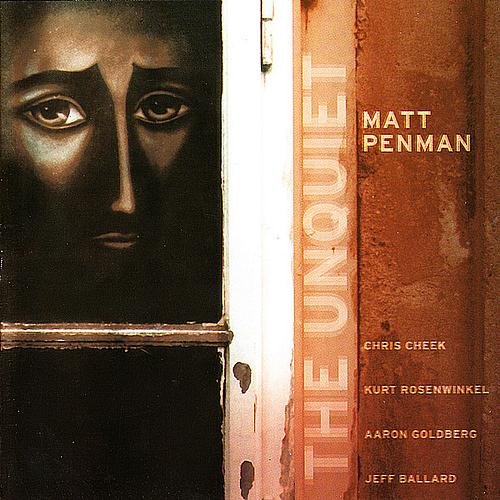
![VA - Who Loves You? A Tribute To Jaco Pastorius (2003) [Hi-Res] VA - Who Loves You? A Tribute To Jaco Pastorius (2003) [Hi-Res]](https://www.dibpic.com/uploads/posts/2025-12/1766570996_r8byrhmtd2qlc_600.jpg)
